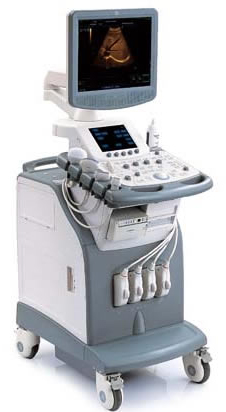Functional brain imaging is now conducted in
Parkinson's patients by PhD student,
Ian Cameron, in an attempt to determine the
brain parts affected by the currently

prescribed medications in Parkinson's disease, these medications are primarily used to treat symptomatic motor dysfunction in Parkinson's patients.
A
study performed by Mr. Cameron on Parkinson's patients and a control group revealed that the affected
brain circuit in Parkinson's, which is believed to be responsible for the
motor malfunction in the disease, is also affecting
cognitive functions like
decision making and
planning. In their attempt to understand the aspects of Parkinson's disease that affect the brain's ability to function on a cognitive level, the researchers in the
Queen's Centre for Neuroscience Studies have found that Parkinson's patients have
better ability to perform
automated tasks than the control group, yet , they seemed to have greater difficulty switching from easy to hard tasks.
In their experiment, the researchers asked the two participant groups to first look at a light when it came on, and then they were asked to change that behavior by looking away from that light. The Parkinson's patients responded to the first task with greater accuracy, suggesting higher ability in performing automated response. As for the second task though, they struggled to perform what was asked, it was incredibly difficult for the patients to perform plan adjusting; this in turn suggests
cognitive malfunction as related to task switching which involves planning and decision making. These findings suggest that the cognitive balance of a Parkinson's disease patient might be upset by the use of medications that treat motor symptoms of the disease.
 cause injuries to themselves. The findings of the study will be highlighted in the online edition and October print issue of the journal Radiology.
cause injuries to themselves. The findings of the study will be highlighted in the online edition and October print issue of the journal Radiology. BenefitsPLUS, it is available in several forms ranging from a low-cost fixed price benefits identification package until a complete end-to-end benefits management and delivery service. BenefitsPLUS is directed to Trusts aiming to gain the most out of current IT systems, in addition to Trusts preparing business cases for new investment. BenefitsPLUS was developed based on extensive experience of healthcare IT deployment and process redesign of System C. It models the benefits that can be obtained from the use of IT in several settings and matches them against trust processes. The result is localized benefits planning based on national experience.
BenefitsPLUS, it is available in several forms ranging from a low-cost fixed price benefits identification package until a complete end-to-end benefits management and delivery service. BenefitsPLUS is directed to Trusts aiming to gain the most out of current IT systems, in addition to Trusts preparing business cases for new investment. BenefitsPLUS was developed based on extensive experience of healthcare IT deployment and process redesign of System C. It models the benefits that can be obtained from the use of IT in several settings and matches them against trust processes. The result is localized benefits planning based on national experience. prescribed medications in Parkinson's disease, these medications are primarily used to treat symptomatic motor dysfunction in Parkinson's patients.
prescribed medications in Parkinson's disease, these medications are primarily used to treat symptomatic motor dysfunction in Parkinson's patients.